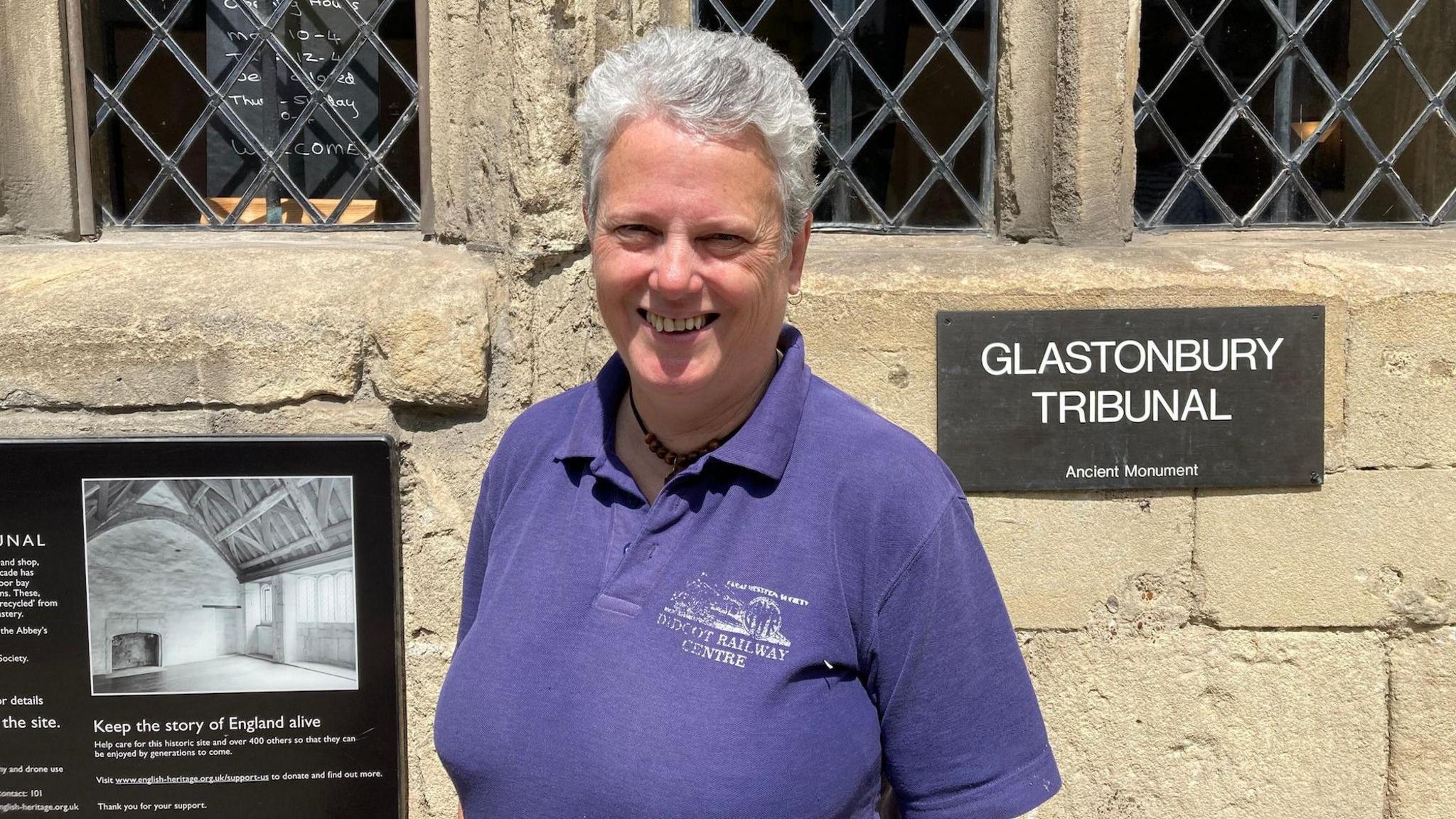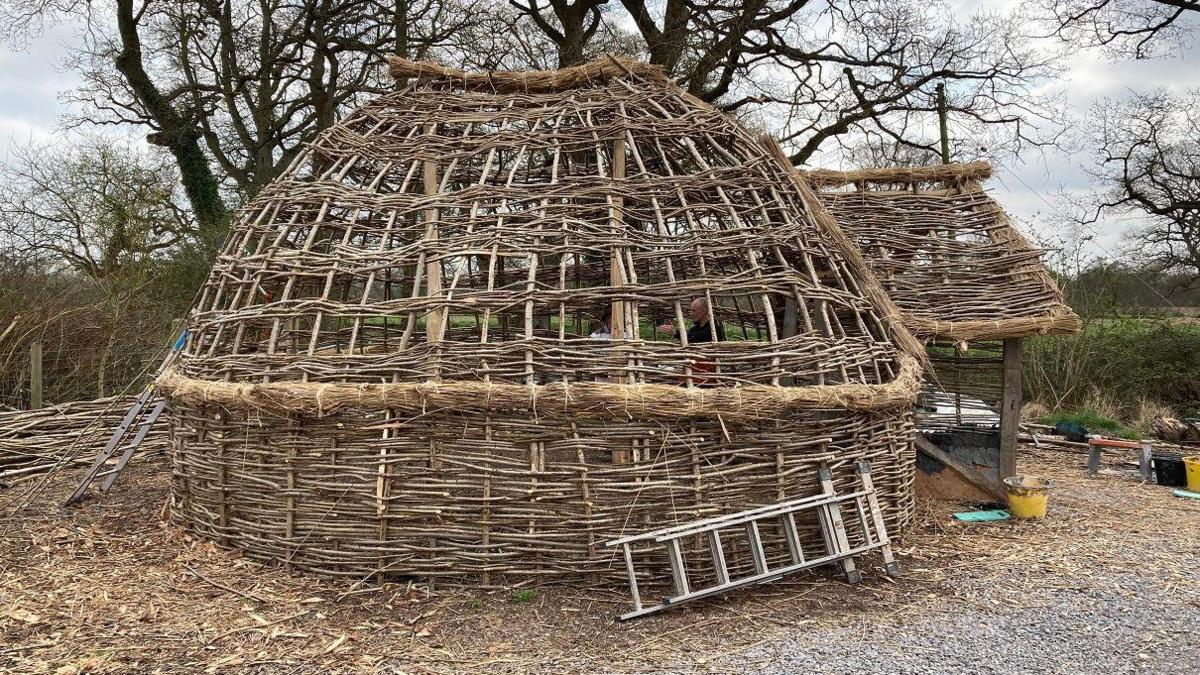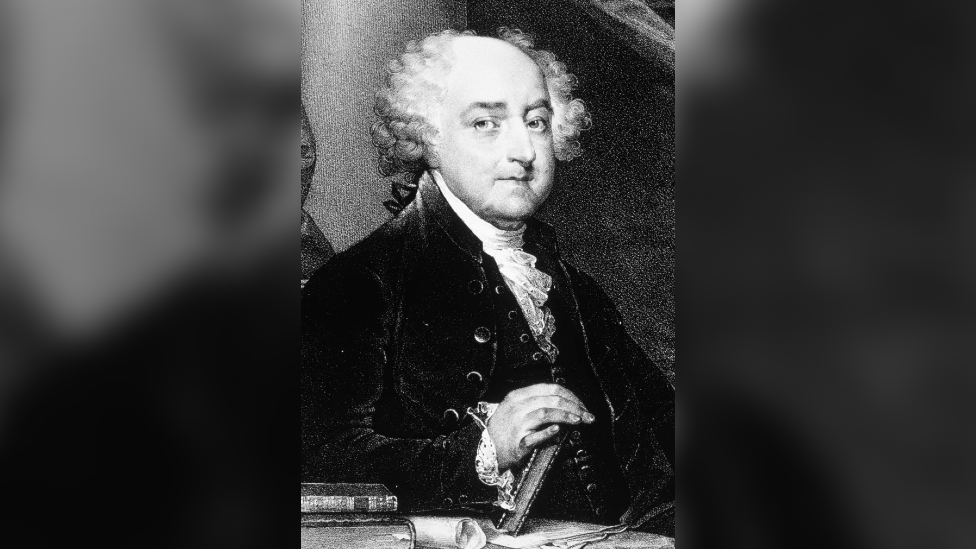How an Iron Age bowl became a Glastonbury icon
Glastonbury’s Iron Age lake village
- Published
More than 140 years ago, in a field in rural Somerset, one man made a remarkable discovery - a lake village.
Arthur Bulleid, born and raised in Glastonbury, found the former Iron Age settlement on the Avalon Marshes, and spent 15 years carefully excavating a wealth of artefacts, dated as far back as 250BC.
Many are now housed in the Glastonbury Tribunal museum, but one in particular has become a local icon - a bowl.
Pauline Plant, a volunteer at the Tribunal, said: "It's incredibly rare, and incredibly important."

Pauline Platt is a volunteer at the Tribunal
The bowl became a symbol of Glastonbury.
Ms Platt said: "It was beautifully made, and beautifully decorated, and very unusual with the rivets that go half way down, and little triangle.
"When it was first discovered it became very famous, and people were making replicas... including a giant one which was hanging next door."
The bowl is now behind glass, but Ms Platt said when she held it, she was "terrified" of having something so old in her hands.
Elsewhere at the Tribunal there are more artefacts from the Lake Village which are historically important, including more pottery and Iron Age currency.
But in the back of the museum, out at the Tudor Kitchen, is a log canoe which was initially understood to be Iron Age, but last year was carbon dated to the 7th Century, around Saxon times.
Ms Platt said its not in great condition, partly due to its excavation and partly due to "people taking bits of it for souvenirs".
She said the site is often regarded as a "secret".
"People walk past it a hundred times and always say it's never been open, but it has been for a couple of years."
Get in touch
Tell us which stories we should cover in Somerset
Follow BBC Somerset on Facebook, external and X, external. Send your story ideas to us on email or via WhatsApp on 0800 313 4630.
Related topics
- Published4 April

- Published19 January

- Published16 May
